This post may contains affiliate links. Read our full disclosure here.
Finding the perfect wine to complement plant-based dishes doesn’t have to be complicated. As a vegetarian wine enthusiast, I’ve spent countless evenings experimenting with combinations that bring out the best in both the food and drink. Vegetarian and vegan wine pairing follows different principles than traditional meat-based matching, opening up a world of fresh, vibrant combinations waiting to be discovered.
Whether you’re hosting friends for dinner or simply enjoying a quiet night in, understanding how to match wines with meatless meals can transform your dining experience. The right vegetarian and vegan wine pairing highlights the unique characteristics of plant-based foods – from earthy mushrooms to protein-packed legumes – while creating harmony between your glass and plate. Let’s explore how to create these perfect matches!
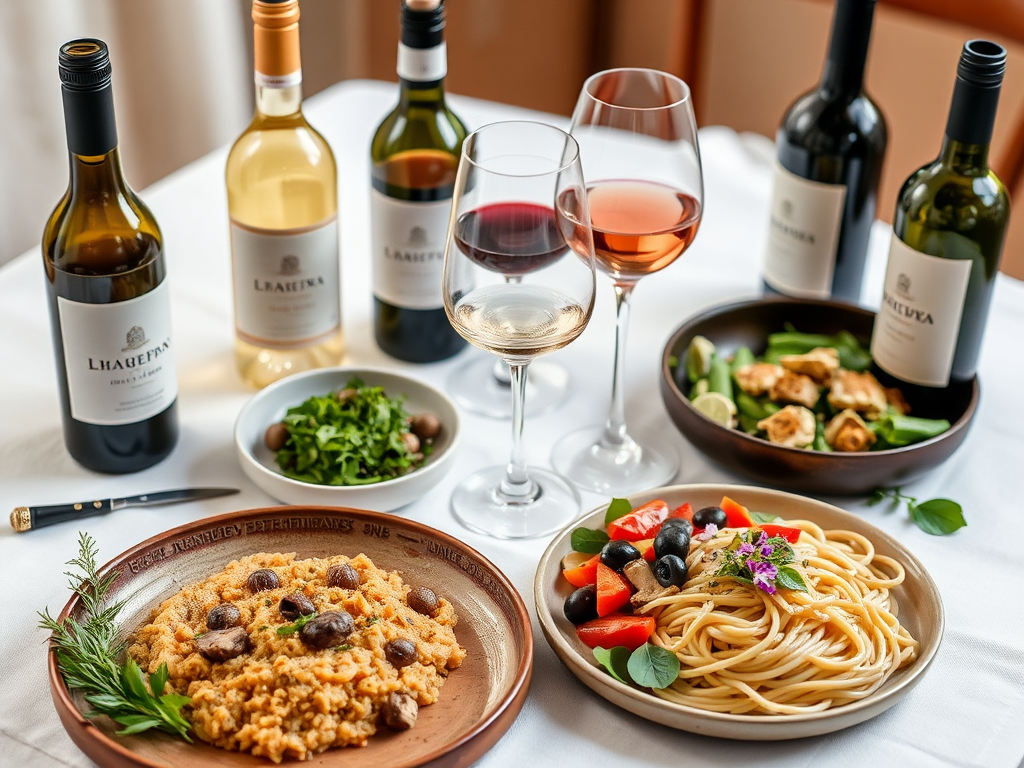
Why Vegetarian and Vegan Wine Pairing Is Different
- Lighter vegetable dishes pair beautifully with crisp whites and rosés
- Umami-rich foods need wines with earthy qualities
- Consider texture and weight when matching wines to plant proteins
When I first switched to a more plant-focused diet, I noticed that my go-to wines weren’t always hitting the mark anymore. That’s because vegetarian and vegan dishes interact with wine completely differently than meat-based meals. While meaty dishes often mellow tannins and absorb oak flavors, plant-based foods typically highlight acidity and freshness in wines.
Vegetable-forward meals shine best with wines offering crisp acidity rather than heavy oak influence. The natural herbaceous qualities in many greens and vegetables call for wines with complementary aromatic profiles. Meanwhile, umami-rich ingredients like mushrooms and nutritional yeast need wines with enough depth and earthy tones to stand up to these powerful flavors.
The varying textures of plant-based proteins also play a crucial role in successful pairings. Lentils, tofu, and seitan each have different densities and flavor absorption properties, requiring careful consideration when selecting wines with the right structure or softness to complement them.
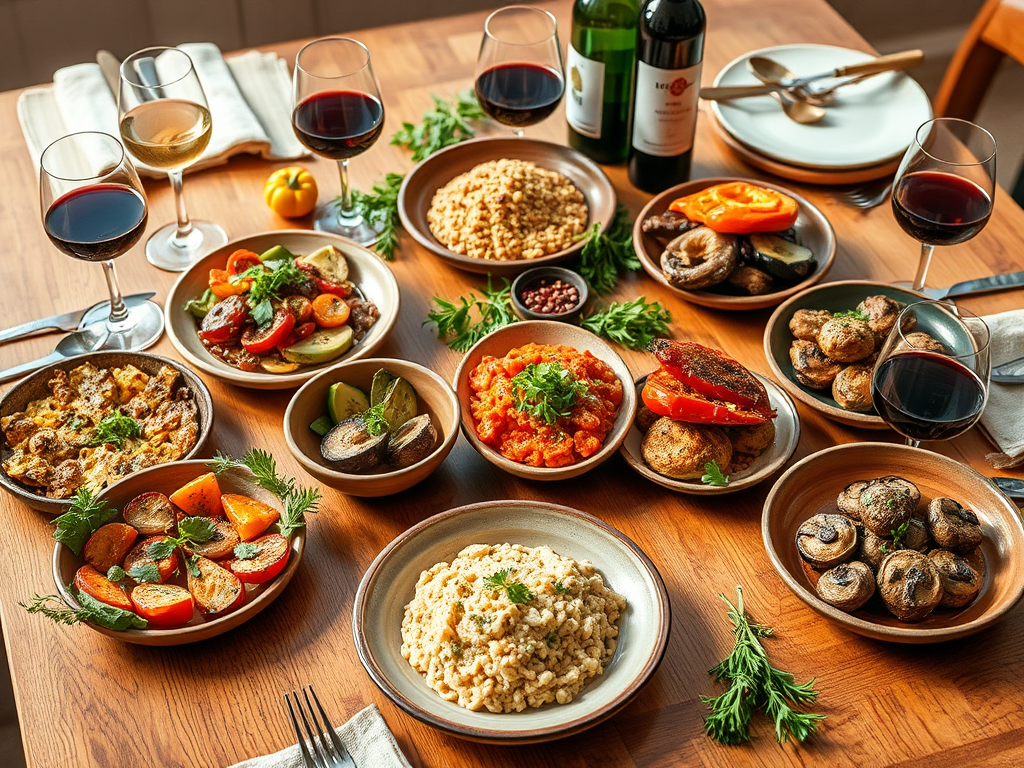
Best Wines for Popular Vegetarian Dishes
- Pinot Noir’s earthiness makes it perfect for mushroom dishes
- Sauvignon Blanc’s herbaceous profile complements green vegetables
- Mediterranean dishes shine with rosé’s versatile character
Creating perfect vegetarian and vegan wine pairing combinations comes down to understanding flavor principles. For mushroom risotto or roasted root vegetables, light-bodied reds like Pinot Noir or Gamay work wonders. These wines offer an earthy complexity that complements similar notes in the food without overwhelming the palate. My friends still talk about the Oregon Pinot Noir I served with portobello mushroom Wellington last Thanksgiving!
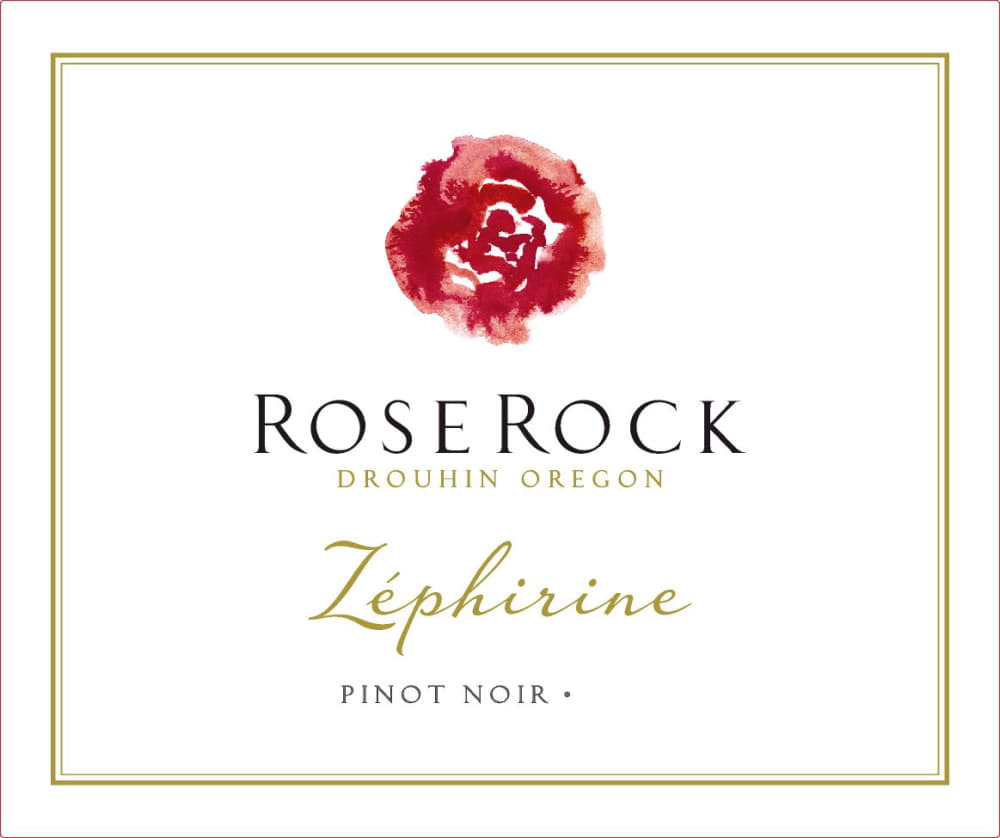
When serving herbed pastas, green vegetables, or anything with pesto, reach for a Sauvignon Blanc. The herbaceous qualities in the wine mirror the fresh herbs in these dishes, creating a harmonious pairing that feels meant to be. The grassy notes in the wine practically dance with the basil and parsley in homemade pesto.
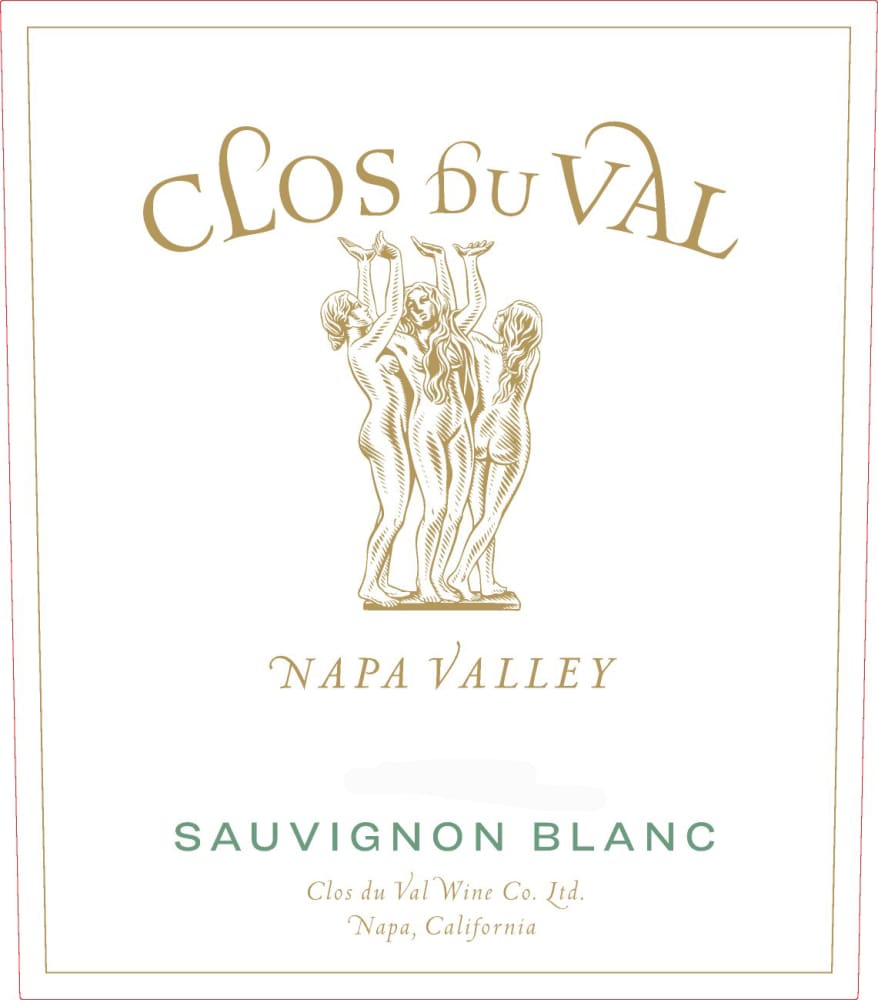
Mediterranean-style grain bowls or mezze platters call for dry Rosé or light Grenache. These wine styles balance bright acidity with subtle red fruit characteristics that complement olives, roasted peppers, and hummus beautifully. For cheese-focused vegetarian dishes like pizza or baked pasta, Barbera or Sangiovese provide enough acidity to cut through the richness while complementing tomato-based sauces.
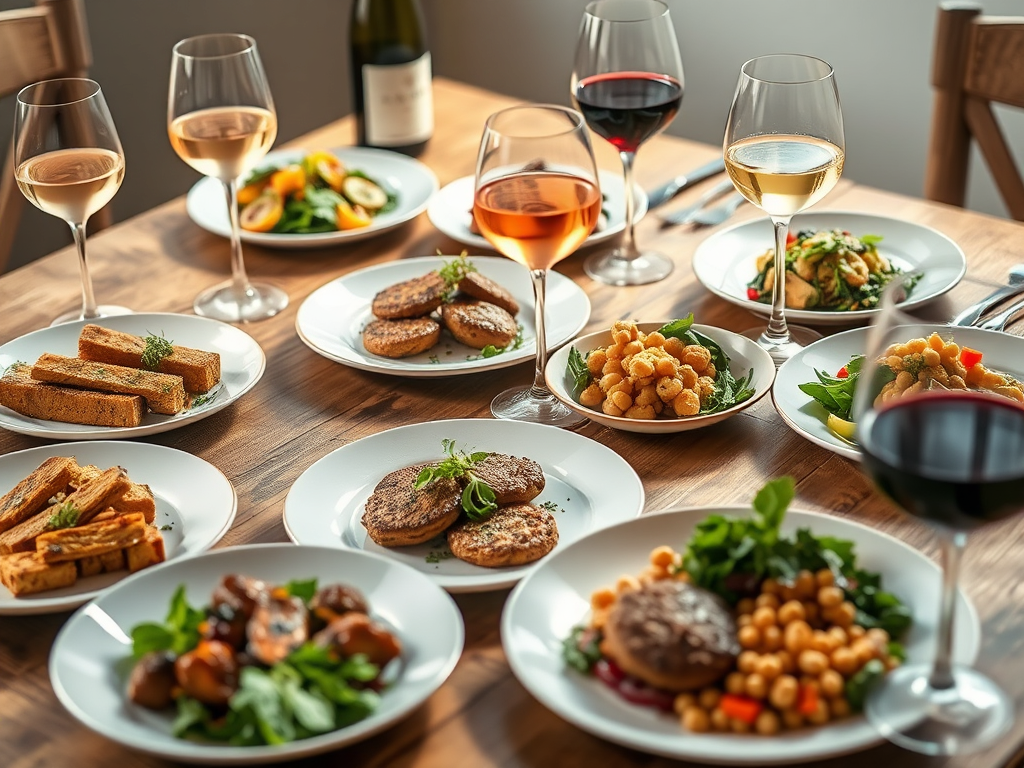
Vegan Proteins and Their Wine Soul Mates
- Match wine weight to protein density for balanced pairings
- Consider cooking method and seasonings when choosing wines
- Bolder plant proteins can handle more structured wines
Understanding how to pair wines with plant-based proteins is key to successful vegetarian and vegan wine pairing. Legumes like lentils, black beans, and chickpeas have a natural earthiness that pairs beautifully with similarly earthy wines. A glass of Syrah, Rhône blends, or Chianti matches their rustic flavors without overpowering their subtle richness. My lentil shepherd’s pie with a spicy Syrah is now a required dish at every family gathering.
Tofu and tempeh present unique challenges since they absorb the flavors they’re cooked with. For spice-forward preparations, off-dry whites like Riesling or Gewürztraminer provide a perfect counterbalance. If you’re serving grilled or baked tofu with more subtle seasonings, medium-bodied reds like Grenache or Merlot offer enough structure without dominating.
Seitan and mock meats like vegan sausages or burgers have denser textures that mimic traditional meat, so they can stand up to bolder wines. Cabernet Franc, Malbec, or Tempranillo work exceptionally well here, providing enough tannin structure and fruit character to complement these heartier protein alternatives.
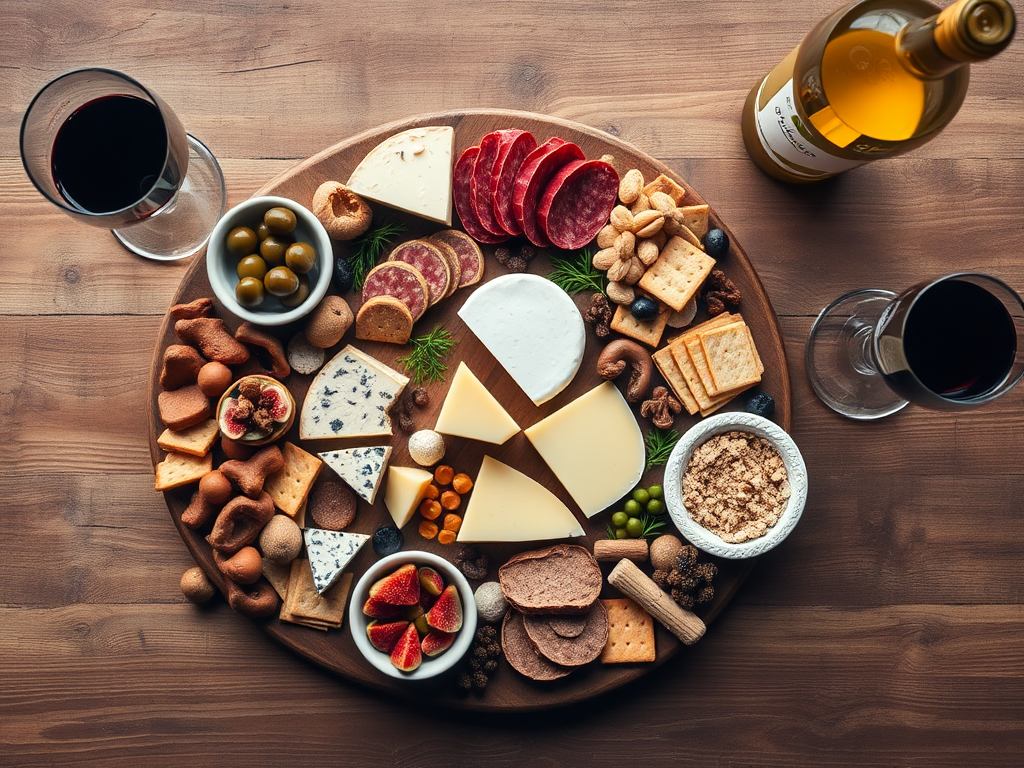
Wine Pairings for Vegan Cheese and Charcuterie
- Start with sparkling wines for fresh, soft vegan cheeses
- Move to fuller whites or light reds for aged or smoked varieties
- Consider all board components when selecting wines
A vegan cheese board can be the star of any gathering, and with the right vegetarian and vegan wine pairing, it becomes truly memorable. For nut-based or coconut oil cheeses, crisp, high-acid wines cut through the rich fats beautifully. Dry Champagne-style sparkling wines or Spanish Albariño slice through the creaminess while highlighting the subtle nutty flavors often present in these alternatives.
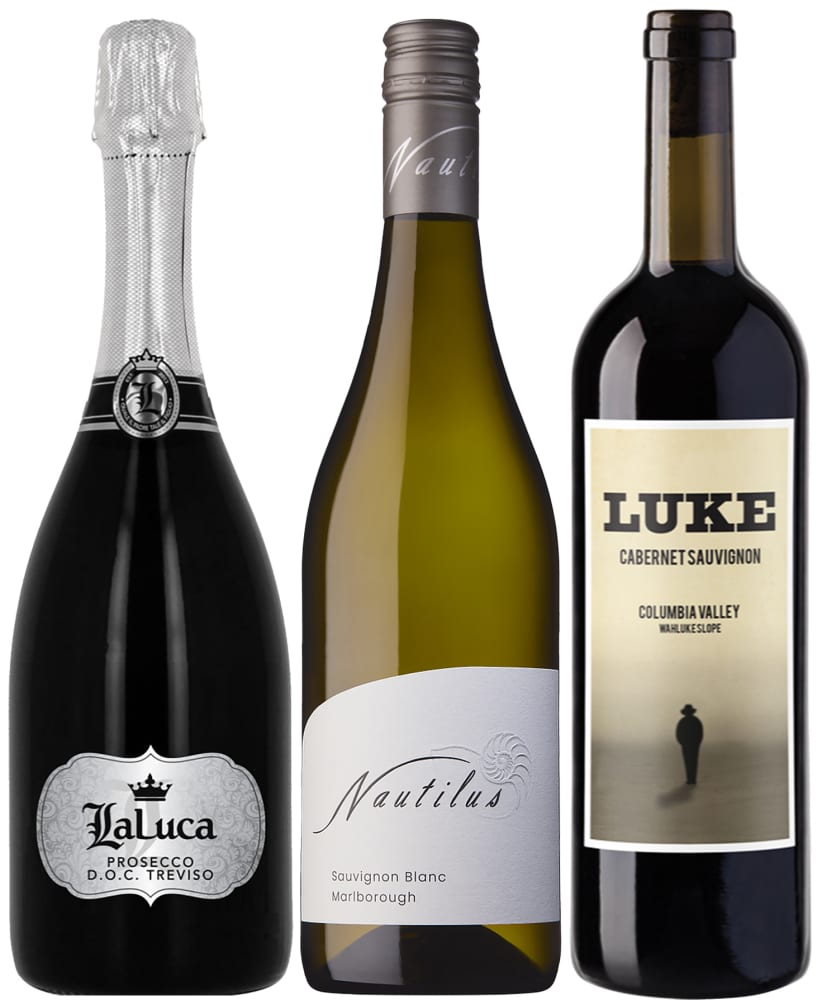
Aged or creamier vegan cheeses, like cashew camembert or almond ricotta, call for fuller-bodied whites like Viognier or unoaked Chardonnay. These wines have enough body to match the cheese’s richness without overwhelming its delicate flavors. Light reds like Pinot Noir can also work wonderfully, especially with smoked vegan cheeses that have deeper flavor profiles.
Don’t forget the supporting cast when planning your vegan cheese night! Accompaniments like olive tapenade, fruit preserves, and various crackers all influence how the wine tastes. A tapenade’s saltiness might make a wine taste fruitier, while sweet preserves could make a dry wine seem more austere. Consider these elements when choosing your bottles.
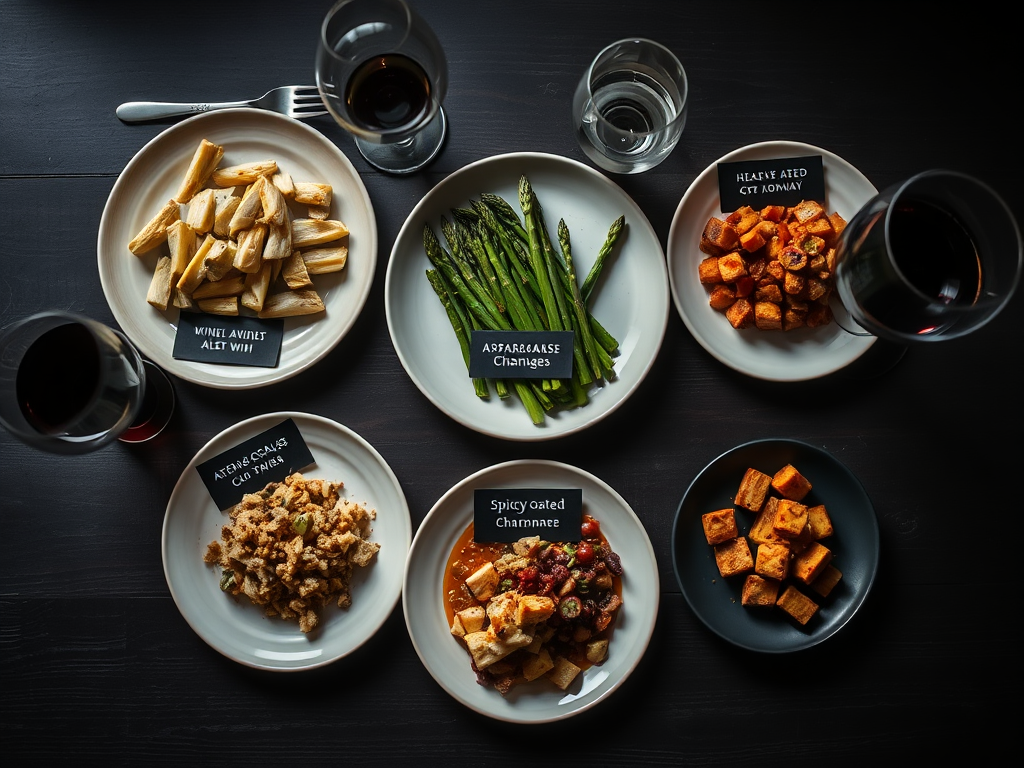
What to Avoid in Plant-Based Wine Pairings
Even with the best intentions, some vegetarian and vegan wine pairing combinations simply don’t work. Heavily oaked wines often clash with delicate vegetable dishes, creating a dissonance that neither the food nor the wine can overcome. The powerful vanilla and toast notes from oak aging can overpower the subtle flavors of many plant-based ingredients.
- Skip heavily oaked wines with delicate vegetable dishes
- Avoid sweet wines with most savory vegetarian meals
- Remember that high spice needs wines with sweetness or boldness
Unless you’re enjoying dessert, overly sweet wines can throw off the balance of savory vegetarian meals. That honey-like sweetness might seem appealing, but it can make otherwise delicious dishes taste oddly flat or one-dimensional. Save those sweeter selections for fruit-based desserts or very specific spicy dishes where they can truly shine.
Speaking of spice, high-heat dishes paired with delicate wines often result in disappointment. The wine can taste flat, sour, or simply disappear under the power of the spice. My roommate and I learned this lesson the hard way when we served an expensive but light rosé with our spicy peanut stir-fry – the wine practically vanished on our palates!
Some specific combinations to avoid include Napa Chardonnay with asparagus (creates strange metallic flavors), sweet Moscato with savory lentil stew (creates an odd sweetness), and light rosés with spicy curries (the wine simply disappears).
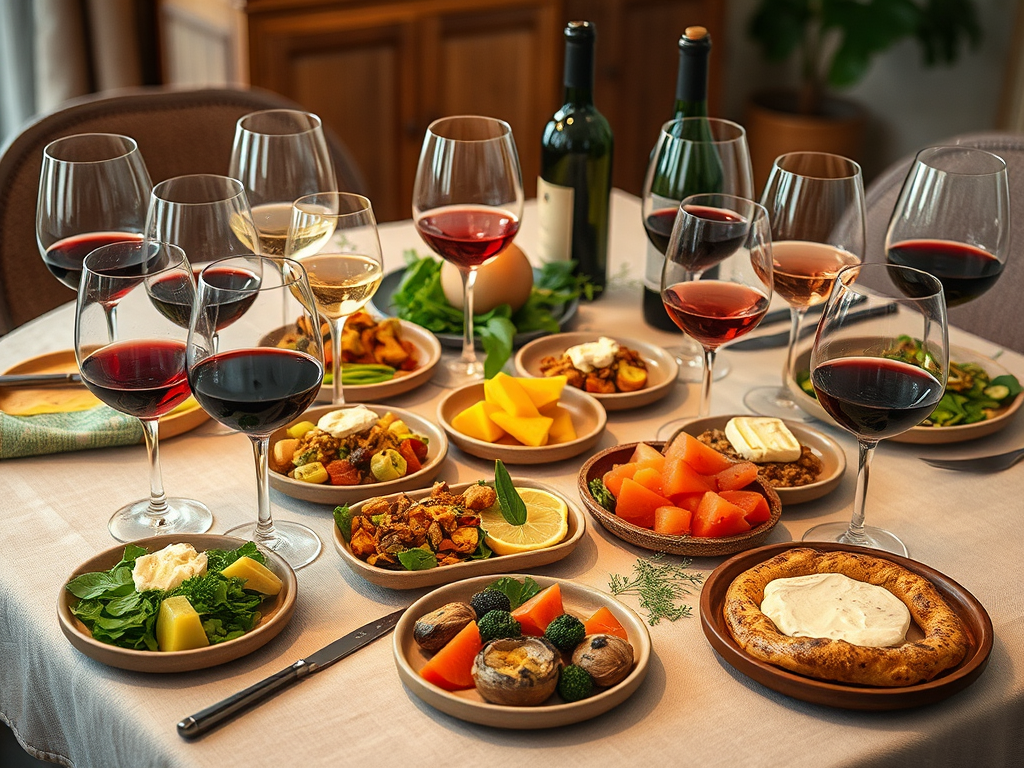
Hosting a Vegetarian or Vegan Wine Tasting Night
- Provide tasting scorecards for guests to record favorites
- Serve small portions of various dishes for maximum pairing options
- Consider seasonality when planning your menu and wine selections
Throwing a plant-based wine night is one of my favorite ways to entertain! For a successful vegetarian and vegan wine pairing evening, I typically select 3-4 small dishes with distinctly different flavor profiles. Think globally – perhaps a Middle Eastern mezze spread, Italian bruschetta with white bean puree, and an Asian-inspired rice bowl with crispy tofu. This variety creates fascinating pairing opportunities.
Match each dish with a wine that complements its characteristics. I usually include one sparkling option (great with appetizers), one or two whites with different bodies, one light red, and one bolder red. This spectrum gives guests a chance to experiment with how different wines interact with each dish.
Creating simple tasting cards outlining each wine’s characteristics and why it works with specific dishes adds an educational element that guests love. My friends still talk about the wine and snack pairing cards I made for my birthday gathering last year – they took photos of their favorites to recreate at home!
Choosing a theme elevates the experience further. “Spring Garden Party” might feature lighter, floral dishes with crisp whites and rosés, while “Around the Mediterranean” could showcase olive oil-based dishes with wines from Italy, Spain, and France. The themed approach makes the evening feel cohesive and special.
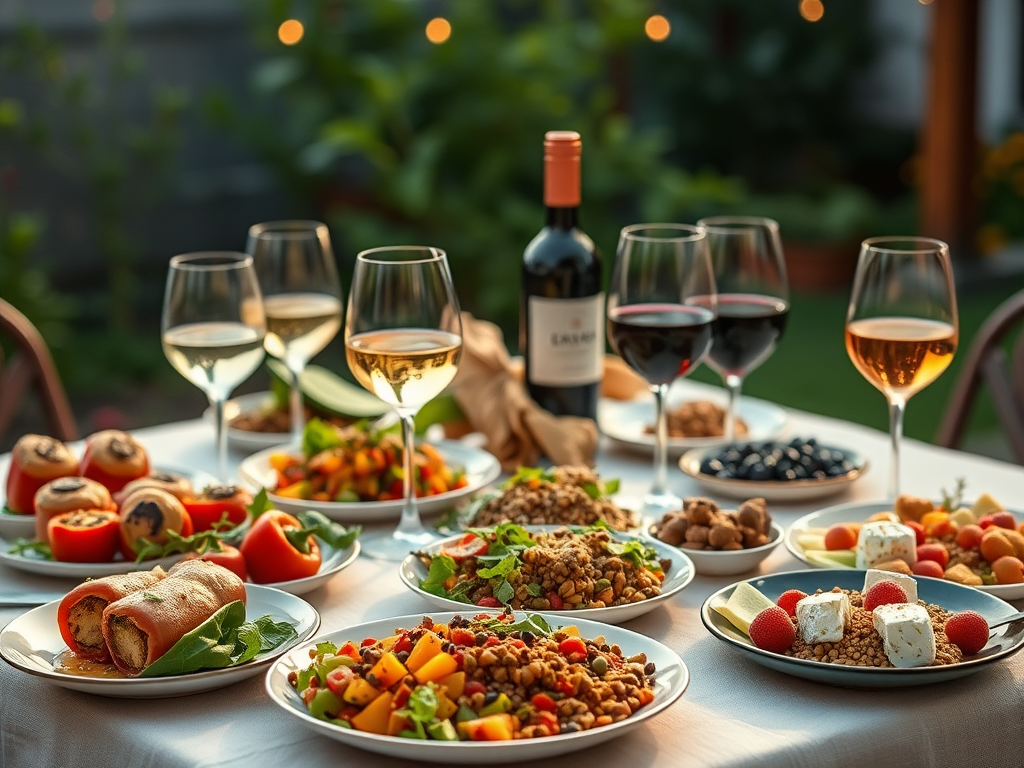
The Beautiful Harmony of Wine and Plant-Based Foods
The world of vegetarian and vegan wine pairing offers endless possibilities for delicious discoveries. With just a little knowledge about how different plant foods interact with various wine styles, you’ll find yourself creating memorable dining experiences that even dedicated meat-eaters will appreciate. The key is approaching each pairing with curiosity and attention to the fundamental elements of flavor and texture.
Remember that most great pairings follow basic principles – matching intensity levels, finding complementary flavors, and considering the weight of both the food and wine. When in doubt, sparkling wines and rosés offer wonderful versatility with most vegetarian dishes, making them safe choices for beginners exploring this fascinating terrain.
Don’t be afraid to break conventional rules and trust your personal preferences. Some of my most successful vegetarian and vegan wine pairings have happened when I followed my instincts rather than textbook advice. That unconventional Riesling with spicy buffalo cauliflower “wings” might raise eyebrows among wine purists, but my friends request it at every gathering!
Wine brings joy and connection to our tables, regardless of what we’re eating. So grab your favorite bottle, prepare a delicious plant-based dish, and start exploring the wonderful world of vegetarian and vegan wine pairing tonight. Your next perfect combination – the one that makes you smile with delight – might be just a sip away.




